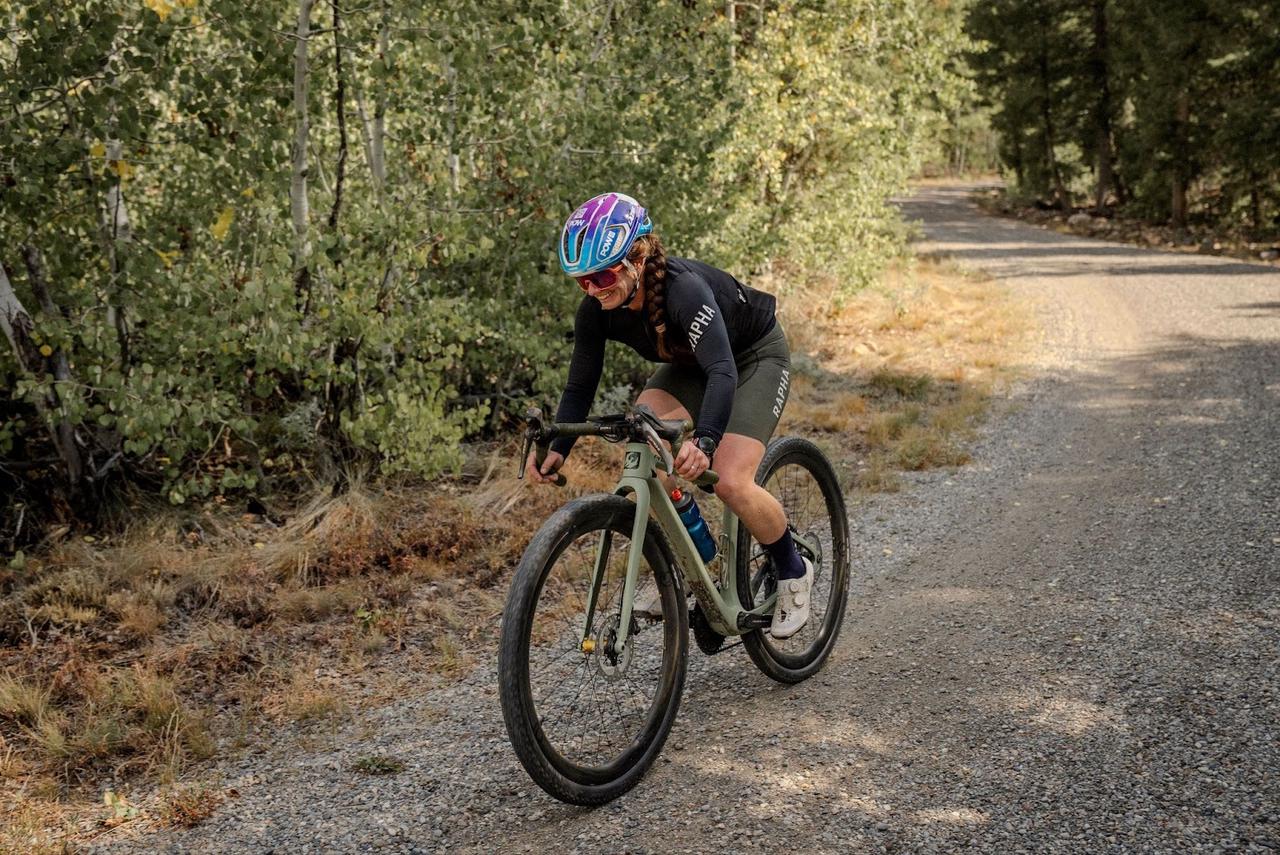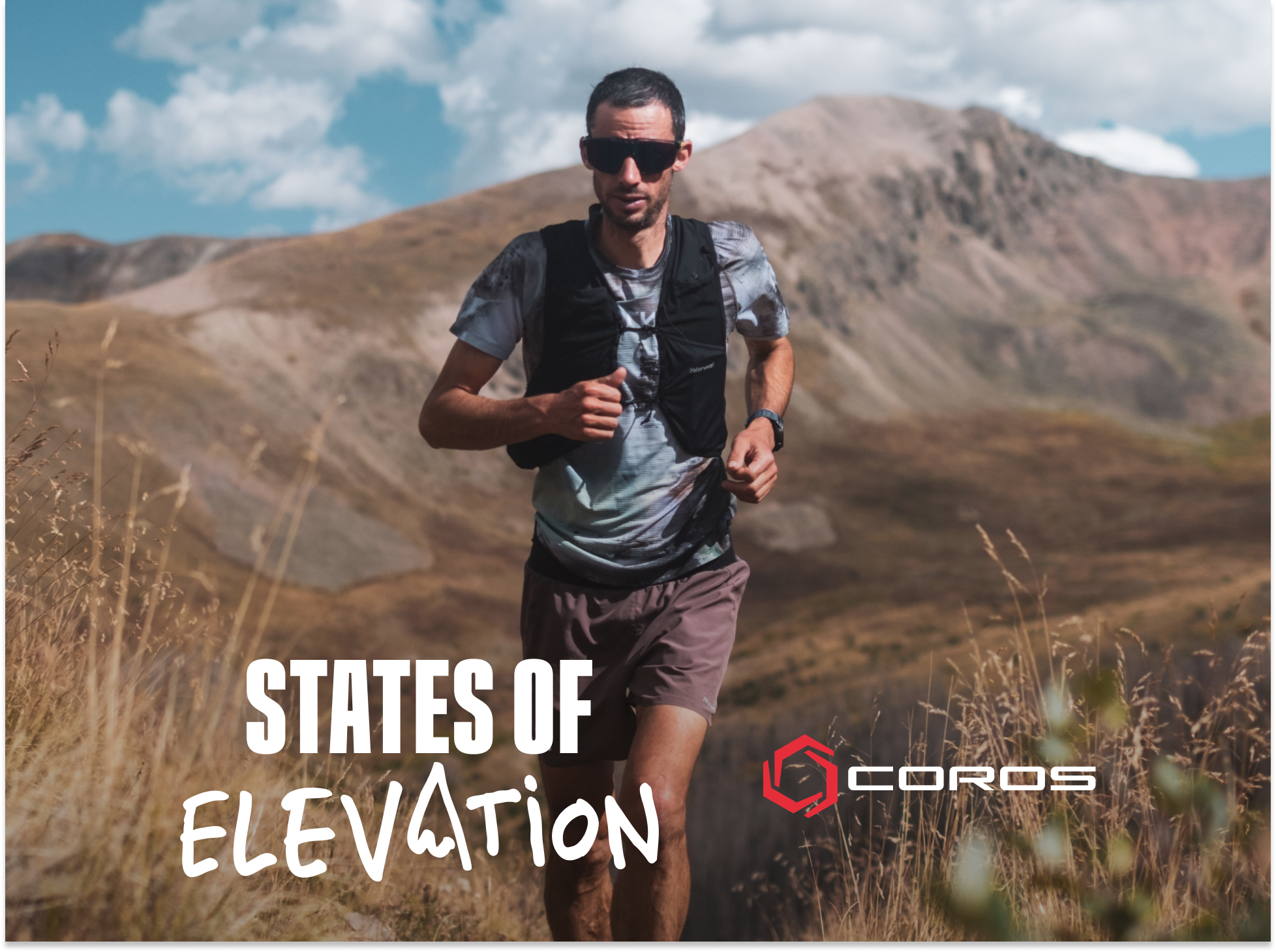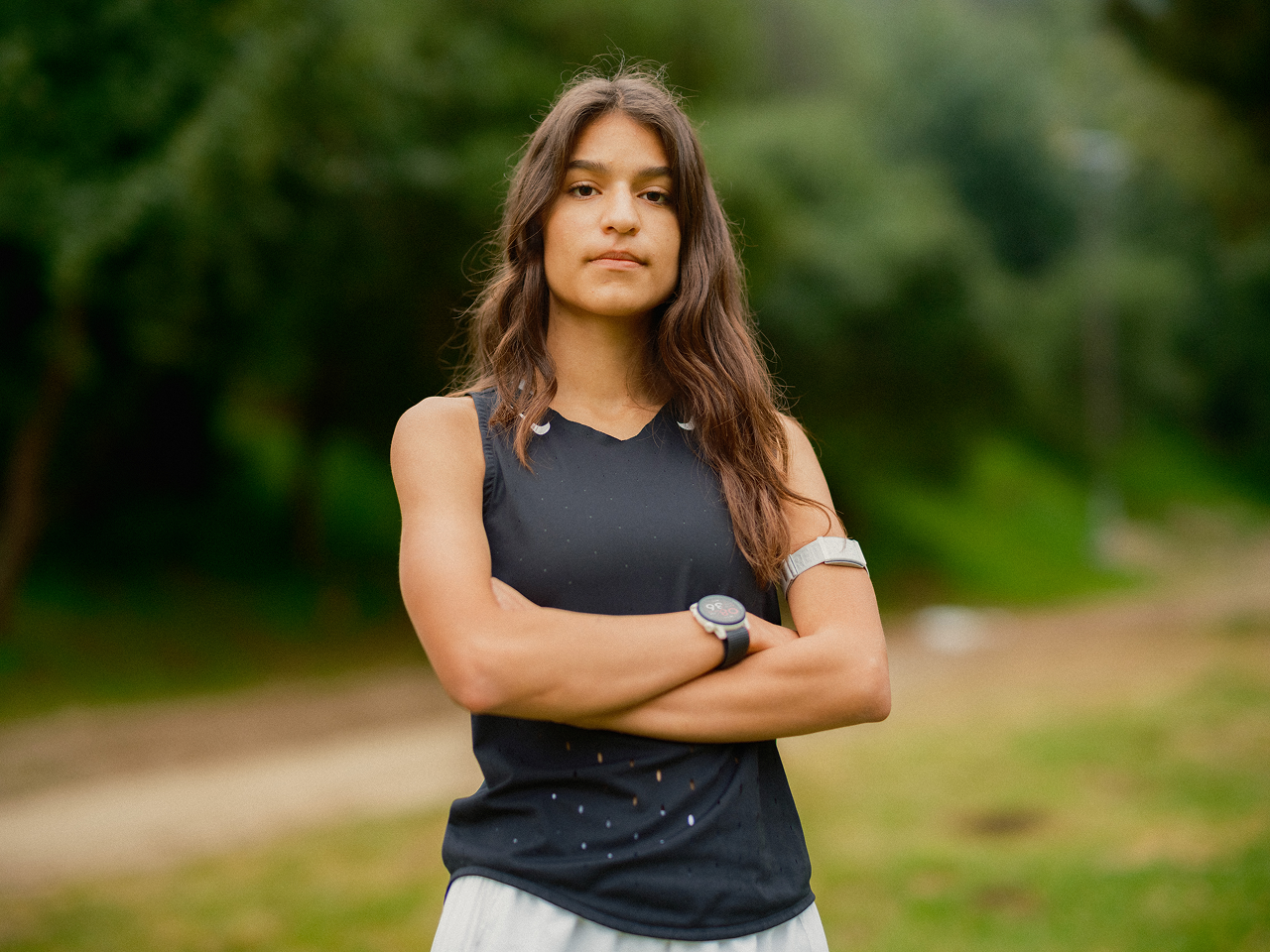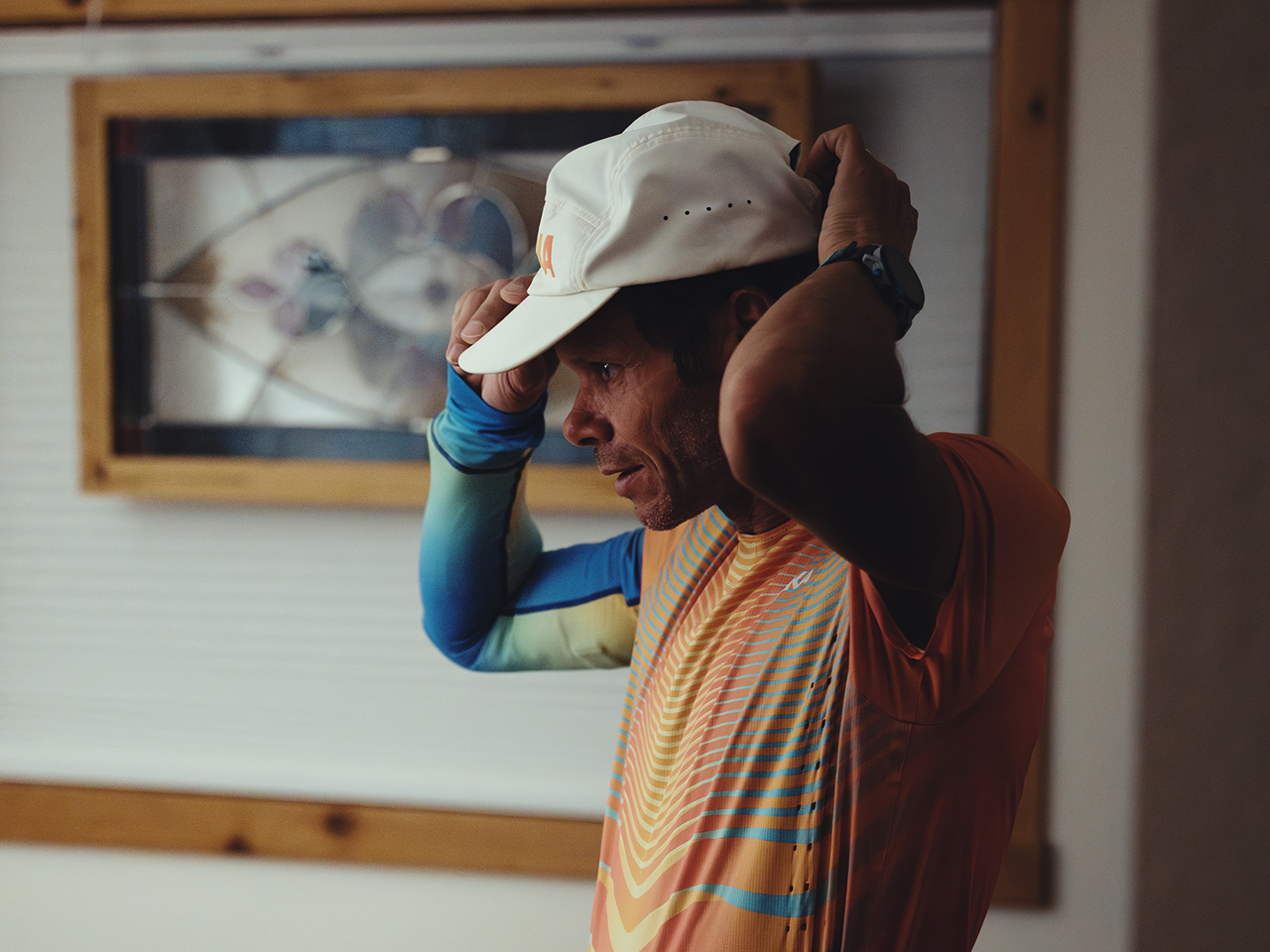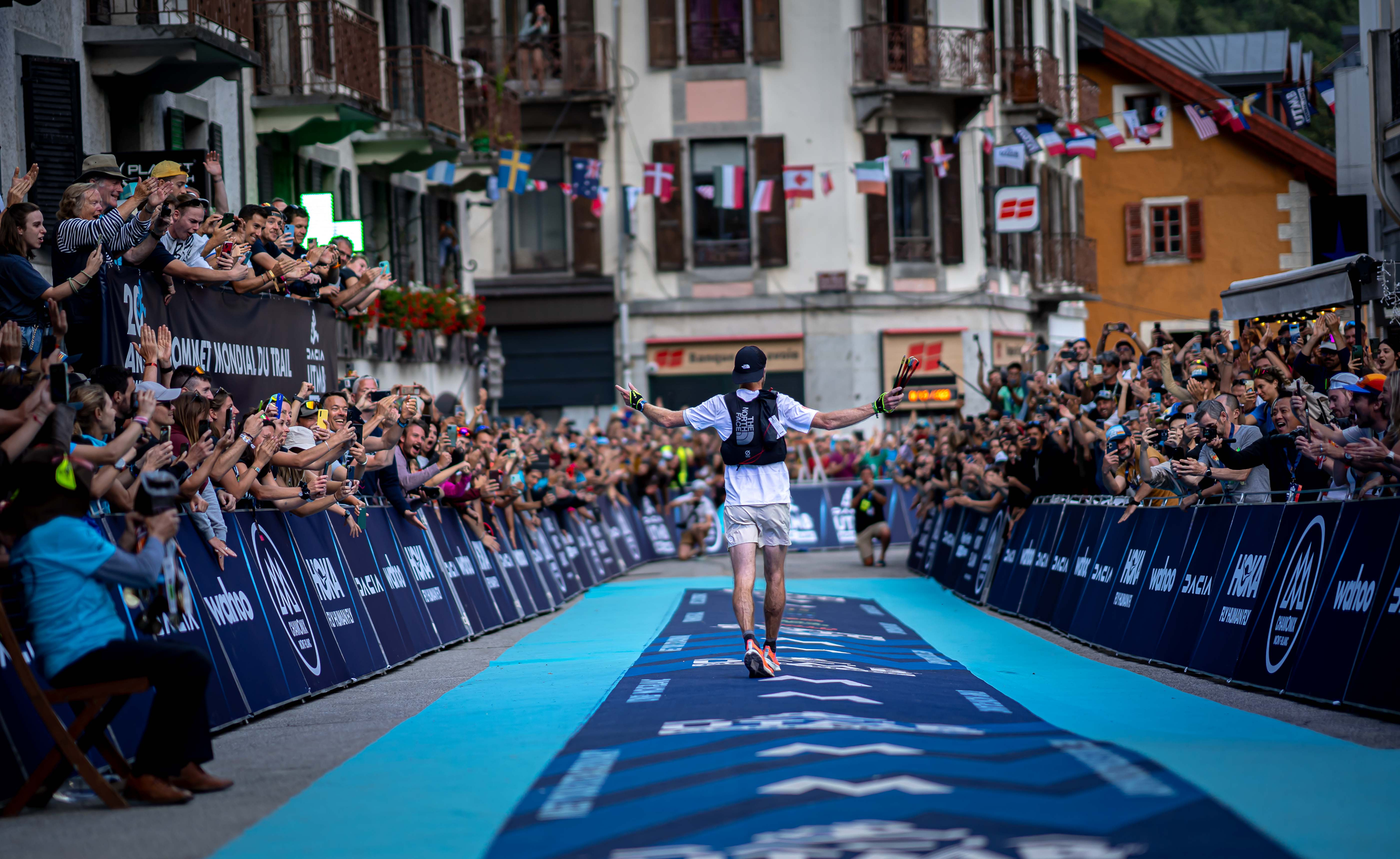Jakob Ingebrigtsen is no stranger to excellence. Working with his brothers Henrik and Filip, Jakob continues to push the limits on training and getting the most out of his body when it matters most. As a result of their approach, Jakob won gold in the 1500m in Tokyo (2020), and holds a number of world records ranging from the Indoor 1500m to the Outdoor 2-mile. Carrying momentum from his past success, Jakob now has his sights set on Paris.
What drives Jakob towards Paris and continued success is an undeniable competitive mindset that has been building since his younger years. Growing up watching the success of his brothers, Jakob has known that he not only wanted to surpass their abilities, but ultimately become the fastest runner of all time. Through collaboration with his brothers and a passion to be great, Jakob is now driven by an inner voice that continues to explore how fast the human body can become.
In his pursuit of re-writing the record books, Jakob is looking into every aspect of his approach to get the most out of his performance. Working with COROS, Jakob will bring performance data into his training to ensure he gets the most out of his career.
Data In Pursuit of Performance
Kicking off a partnership with COROS, Jakob aims to explore all facets of his performance as he builds toward key events throughout 2024 and beyond. Prior to working with COROS for the past few months, Jakob had been reluctant to dig into the data as "it can sometimes be a hassle. I am very aware of what I spend my energy on, so if I feel like I spend too much energy on something, without getting a lot in return, I will stop doing it." However, after switching to COROS, Jakob shared "COROS products make it easier for me to collect data, and the app gives me easy access to analyze it."
The difference between getting a world record or not, is often found in the smallest details. "I am definitely starting to reach a point in my career where I need to work on all the small things...I am at such a high level that minor changes for the better, can mean big improvements. With the data I am collecting, I believe I can have some marginal gains, which is exactly what I need for the future."
To secure these marginal gains, heart rate will be critical as the Ingebrigtsen's have historically been known for their endurance and threshold sessions. By monitoring heart rate, Jakob will know exactly where his effort is to ensure his training is where he needs it. "With the new heart rate monitor, it's quite a big improvement. The last few years I haven't worn a chest strap due to irritation and it being annoying...But the bicep strap is easy and I forget I even have it on. It's quite the bonus."
Below we discussed with Jakob what his data is showing as he heads into 2024, along with how he monitors improvement through weekly sessions.
Jakob's Training Devices:
Watch: COROS PACE 3
Heart Rate: COROS Heart Rate Monitor
Analysis Tool: COROS Training Hub
Building into the Season
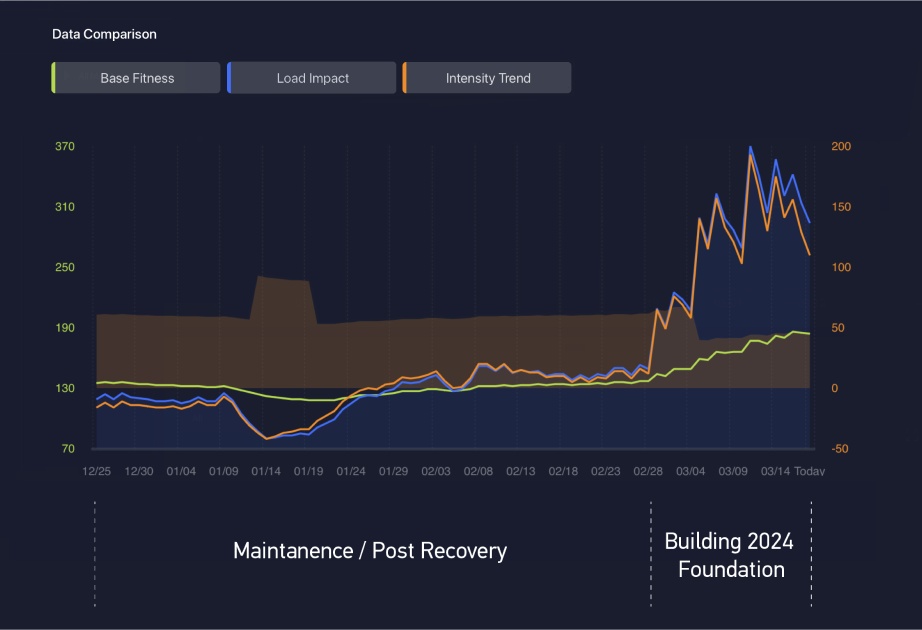
Every workout Jakob performs generates training load (how stressful a workout is). Base Fitness is a 42-day rolling average of daily Training Load
Coming off an achilles injury this past year, Jakob is now building volume as he targets his 2024 goals. As he gets back into training, we can see his Base Fitness building quickly as he has gone from a score of 137 to 184 in the past 3 weeks. Monitoring Training Load and Base Fitness is a great tool for Jakob and all athletes to see how their fitness changes over the course of a year.
Laying the Foundation
Jakob's first goal as he builds into the 2024 race season is to establish a base. He noted the importance of building in volume before adding intensity. "With this high load, too much intensity is not a good mix. Its all about getting strong enough to handle the pre-season phase and early races. When you increase intensity too early, it has high risk."
Jakob also noted that for him and his brothers, they aim to have a strong foundation of endurance and threshold throughout the entire year, making it easier to manage the transition to early season races.
Preparing for Early Season Events
According to Jakob, "Everyone likes to start off well." Said in another way, no athlete wants to show up to race day feeling like they aren't fit. Managing early season races within a larger season however, can be tricky. For Jakob, his foundation of endurance and threshold allows him to then take on a focused 3-4 week training block, ensuring he is ready for early events. Beyond training, Jakob also utilizes races to help build his race specific fitness. "We use different races in preparation for championships. Ultimately I have a big peak in mid July and August, so my races during the end of May and June are a way to increase my fitness going into the season."
Peak Season Approach
Everything Jakob does is in preparation for peak events. "The goal for most of the year is to get strong enough so we can handle the race specific training when it matters." To prepare for these events, Jakob completes weekly training sessions that put an intentional amount of fatigue on his body. "The whole point is to get fatigued enough and still be able to perform our workouts at the speeds that we want. That is when you get the most effect out of your training. When you can consistently put in the key sessions week in and week out, you start to see the real results."
Tips for All Runners
Jakob shared a few recommendations based on his training experience that can help any runner aiming to improve. "It's easy to say consistency, but the real answer is that the body wants an even load, week in and week out. For a long period of time, the body can maintain improvement little by little. With the graphs inside the COROS platform, you should not have big peaks and valleys, but ideally a slight increase over time that shows consistency. As your graph trends upwards, you should be able to run further, with increasing paces."
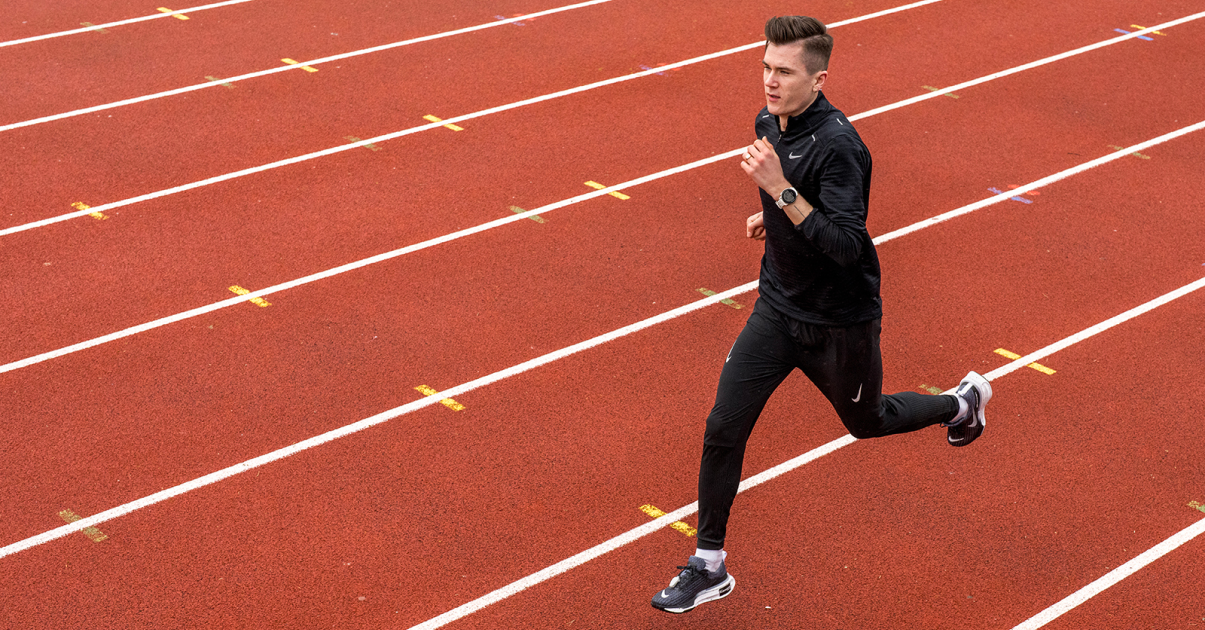
Jakob's 25x400m Weekly Session
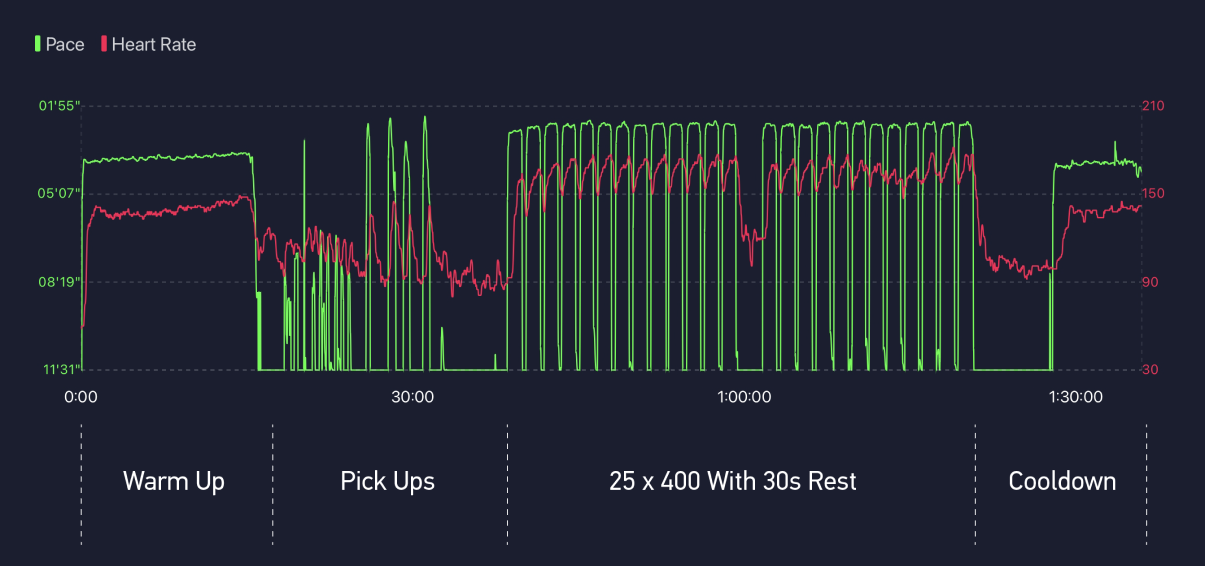
Jakob Training Data as Seen in COROS Training Hub
Workout: Warm up followed by pick ups. 25x400m at 5k-10k pace with a 30 second recovery followed by cooldown.
This is one of Jakob's go-to training sessions as he builds consistency and ramps up to peak performance. "I do this workout every week. Its one of the sessions we have done the most. Our program is set from Monday-Sunday from Oct-April. Been the same for 15 years with some minor adjustments."
While Jakob started off doing 16x400m at a younger age, over the years this workout has progressed to 20x400m, and now up to 25x400m. "The last 4-5 reps is quite tough considering the muscles and the fatigue, but your body and your heart/lungs can still manage. This is when you know you did the session correct."
Purpose of Workout
For Jakob, this workout serves as a great way to get race pace training ranging from the 5k to 10k distance. While it may not be the key workout each week, Jakob calls it "smart" as it stresses the body without introducing too much fatigue. "Because of the short break, you're still not getting enough rest to totally recover, but just enough to maintain speed and effort...You need to match the intensity with the pace to get the correct result. Initially its 10k+ specific pace, but can drop down to 5k."
Focus During Workout
While performing this workout, Jakob notes that it's critical not to outperform the purpose of the training. "The goal is to reach your desired pace as soon as possible, and then run as even as possible for the session. After 15 years of doing this, I know the pace I need to hit and the goal is to have as much time at this specific pace as possible. You don't want to increase the pace the whole session. After 4-6 reps you want to find that pace and hold it for the remaining reps."
Workout Result: Jakob accumulating just over 30 minutes between a pace range of 2:33-2:39 per kilometer, hitting his intended goal for the workout.
Tips for All Runners
While Jakob is now performing this workout with 25 reps, he started far lower than this and provides a similar approach for anyone looking to complete this workout. "I would say that this is a workout that everyone can accomplish with good results, but I would go for lower reps initially, with a short break. With this workout, you're able to run at your race pace a little bit easier due to the recovery. Many can use it as a tougher session for a week, as it is challenging, but we do have harder sessions where we push a little more. But if we took away the hardest session, this is structured to be very difficult if you increase the pace. Due to how this workout is structured, the amount you get out of this set is significant vs the amount of effort you put in."
Jakob feels that this workout is fantastic for any runner, as it can be difficult to run full race distances in training. By breaking it up into shorter reps with limited rest, you can still reach a significant amount of time at race pace without creating additional fatigue.
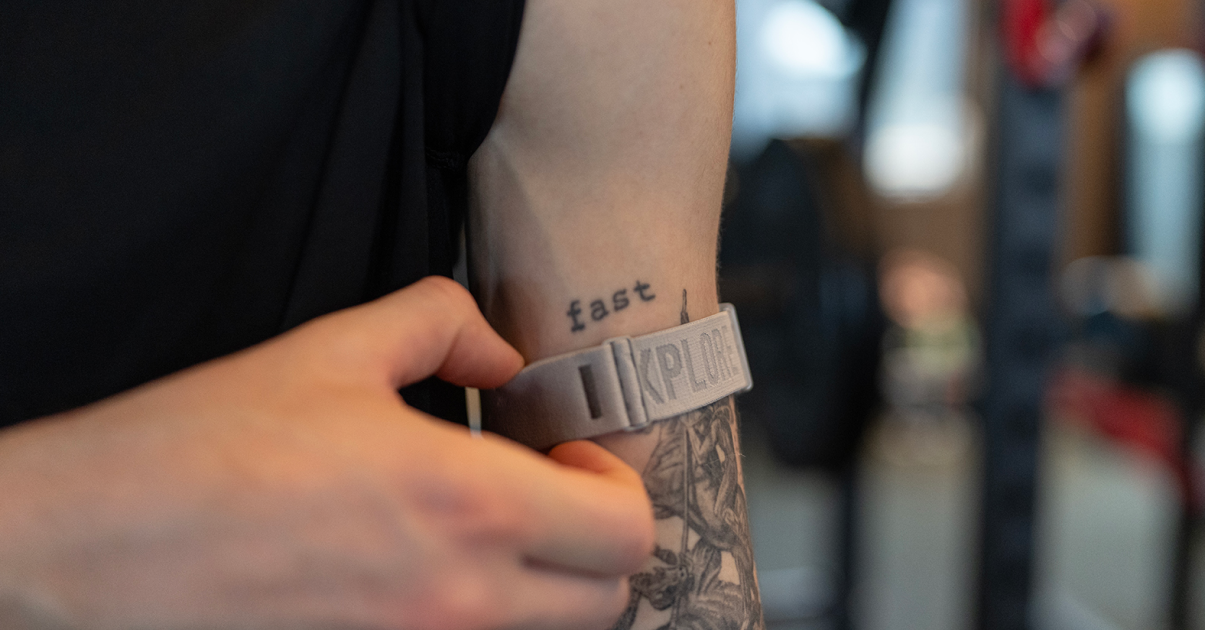
Going Forward
As Jakob continues to leverage data for his success, he knows there is no boundary to what is possible. "There are so many features in the app. Having the ability to dig deeper and collect data...There is no ceiling to what you can find and that is quite cool."
COROS looks forward to working alongside Jakob as he continues to push the limits on what is possible. "With me trying to improve all the time, there are things I can benefit from with having data on everything that I'm doing. Together with COROS, and understanding how to best use metrics, we can improve the use and analysis of data for performance."


/filters:quality(90)/fit-in/970x750/coros-web-faq/upload/images/ed584196585ba949fd3ddc701f8a151d.jpg)
